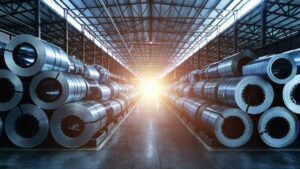The ASX small cap plays poised to Strike while the iron ore price is hot

Pic: metamorworks / iStock / Getty Images Plus via Getty Images
The beating steel heart of the Australian economy, the fundamentals driving the robust iron ore price look here to stay into the new year and beyond.
With supply constraints in Brazil, Australian iron ore has provided the fuel for China’s ongoing infrastructure and property boom, mining giants Fortescue (ASX:FMG) and Rio Tinto (ASX:RIO) reported Chinese consumption at record levels through the third quarter of 2020. That’s great news for companies like Strike Resources (ASX:SRK), as they progress towards production.
In spite of well-documented political and trade tensions between China and Australia, demand for Australian iron ore from the world’s largest economy has remained strong. Breaking it down – they need the stuff, and we’ve got it in the ground.
Pricing for iron ore has hovered above the US$120 per tonne price mark after crashing through the barrier in November.
The price is forecast by the Department of Industry, Science, Energy and Resources’ Office of the Chief Economist to maintain above the U$S100 mark to the end of the year, before easing to around US$80 by the end of 2021 – at the conservative end of the scale according to many commentators, and still lucrative business for those with a taste for red dirt.
Just last week in Stockhead’s Guy on Rocks series, RM Corporate Finance director Guy Le Page shared views from the Mysteel conference that current prices were justified and unlikely to come off any time soon.
From FMG to Rio to BHP, the narratives of Australia’s largest iron ore producers are well known, but there are a number of ASX-listed mining plays set to secure a slice of a lucrative iron ore pie.
Ascending the iron throne
Chief among these is Strike Resources (ASX:SRK) , a well-established explorer with long-held significant iron ore resources in Peru, and a near-term iron ore project at Paulsens East in the Pilbara where production is expected to begin in early 2021.
Strike managing director William Johnson told Stockhead he was confident the iron ore price would remain strong on the back of Chinese government economic stimulus and supply constraints in Brazil – neither of which show any sign of easing.
The current price environment would make Paulsens East a tremendously profitable project. A feasibility study released to market in October anticipated average C1 costs free onboard across a four-year mine life to be US$64.80 per tonne.
Only $15.7 million is required to get the project up and running, and with a benchmark iron ore price of US$115 per tonne sustained over the life of mine, Strike estimates the project has the potential to generation $279 million in net cashflow.
“We’re sitting on a resource of almost 10 million tonnes of high-grade hematite ore located in the Pilbara,” Johnson said.
“The deposit lends itself to conventional drill and blast open-pit mining techniques, and with simple dry screening and crushing we will be able to produce a high-grade, direct shipping ore product from the deposit.”
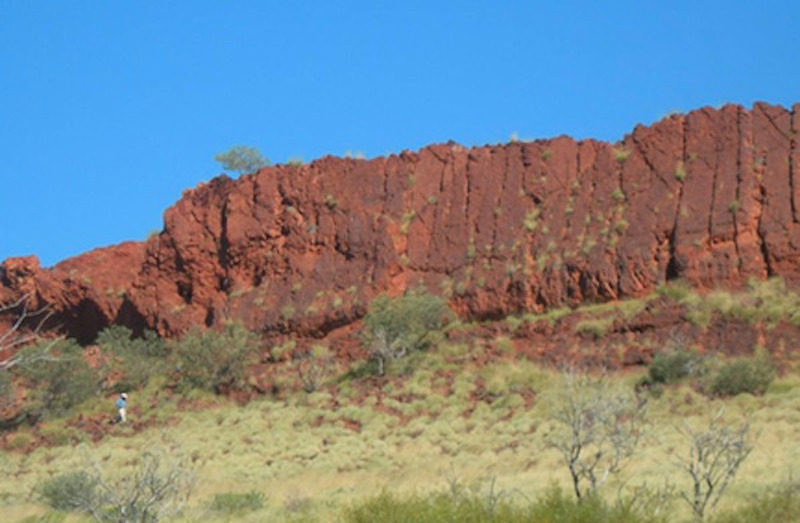
Strike is planning a production profile of 1.5 million tonnes per year, hauled to Port Hedland and shipped to China.
“It’s a fairly straightforward, simple logistics chain, and the project at current prices has the potential to be tremendously profitable for us,” Johnson said.
Having already secured native title agreement with traditional owners, Strike is currently negotiating offtake for Paulsens East and pursuing permitting.
“Based on the study, if we were in production today we’d be generating $60-70 million pre-tax cashflow per year,” Johnson said.
“For an investment of less than $16 million, that’s a pretty good return by anyone’s standards.”
Just yesterday, the company announced an oversubscribed $4 million capital raising to get the project into production.
But it’s not just Strike working towards iron ore production in a favourable climate.
Project potential in spades (and shovels)
Fenix Resources (ASX:FEX) in October entered a joint venture company with logistics provider Newhaul, designed to secure the road transport component of its in-development Iron Ridge iron ore project in the WA’s Mid West.
That news came shortly following the announcement of a binding sale deal with Chinese heavyweight Sinosteel, which covers half the future production from Iron Ridge.
In Iron Ridge, Fenix sits on a 1.25 million tonne per annum high-grade direct shipping ore operation, with development currently underway and first production expected within two months.
The company said the deposit had a resource grade of 64.2%, and the feasibility study determined a 6.5-year mine life. Ore would be trucked to and shipped from the port city of Geraldton.
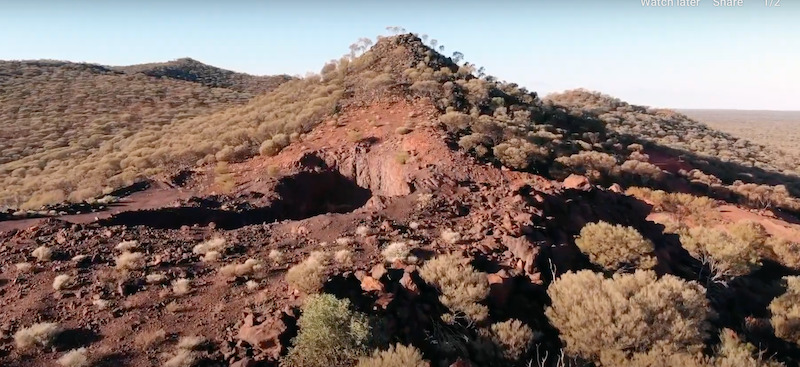
Across a border from WA’s prominent iron ore holdings is South Australia’s Braemar iron formation, where Magnetite Mines (ASX:MGT) is working towards production from the Razorback high grade iron ore concentrate project.
The company made significant strides in the prefeasibility study over Razorback last quarter, where it holds a giant resource measuring 3.9 billion tonnes of iron ore which has been shown to be able to produce a magnetite concentrate of 68.8% iron after processing.
Magnetite raised almost $6 million in a rights issue in September and is exploring the exclusive use of CSIRO-developed magnetic resonance technology NextOre to further refine its processing capabilities.
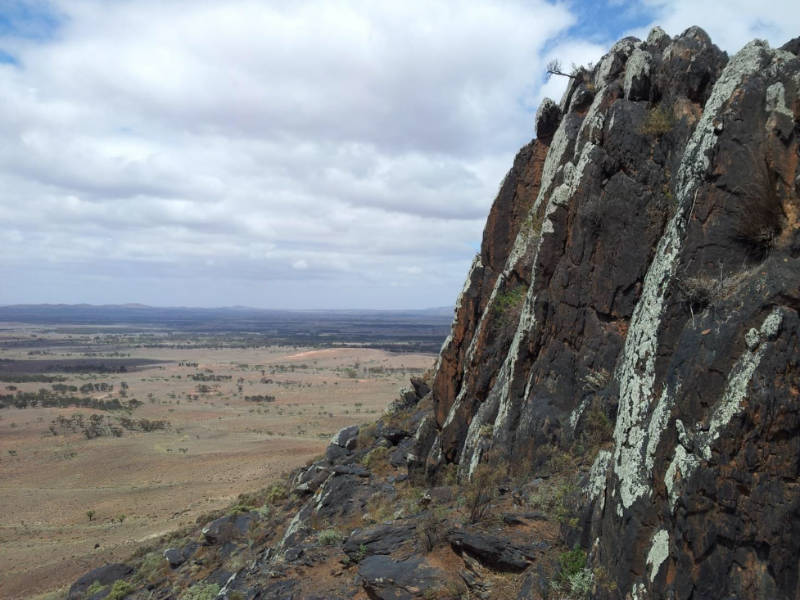
Carpentaria Resources (ASX:CAP) has long trumpeted the potential one of Australia’s most highly prospective magnetite iron ore deposits at its Hawsons iron ore project near Broken Hill in New South Wales.
The company recently upped its stake in Hawsons from 69% to 94%, a move chairman Peter Graham told Stockhead in October would simplify the ownership structure of the project and allow it to progress.
A prefeasibility study carried out at Hawsons in July 2017 highlighted the project’s immense potential to meet the high-quality concentrate and iron pellet feed markets.
The study for a 10 million tonne per annum operation highlighted robust project economics with excellent development potential.
At the time of the release, the project had a net-present value of US$1.1 billion and a 30% internal rate of return. The study was based around a maiden probable reserve statement of 755 million tonnes at 14.7% Davis Tube Recovery for 111 million tonnes of iron ore concentrate.
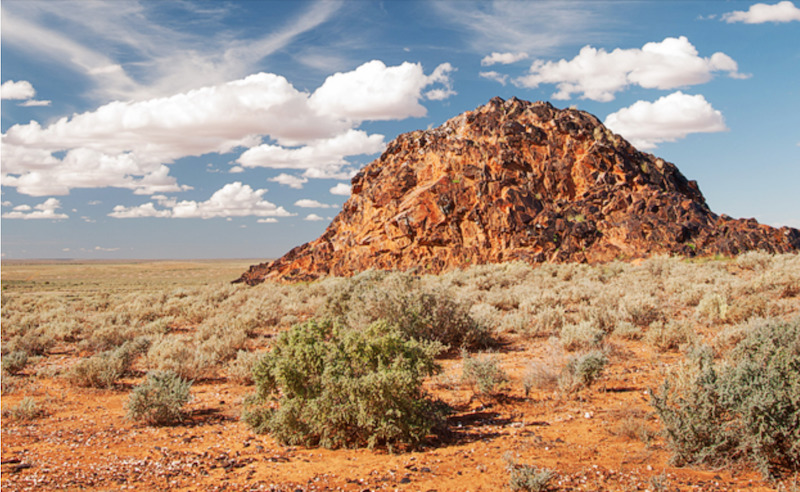
With the Chinese appetite for iron ore unlikely to ease anytime soon and constraints on Brazilian supply persisting, Australia’s iron ore developers are among those to watch in the emerging commodity space.
Share price charts for SRK, FEX, MGT, CAP
At Stockhead, we tell it like it is. While Strike and Magnetite are Stockhead advertisers, they did not sponsor this article.
Related Topics
UNLOCK INSIGHTS
Discover the untold stories of emerging ASX stocks.
Daily news and expert analysis, it's free to subscribe.
By proceeding, you confirm you understand that we handle personal information in accordance with our Privacy Policy.

